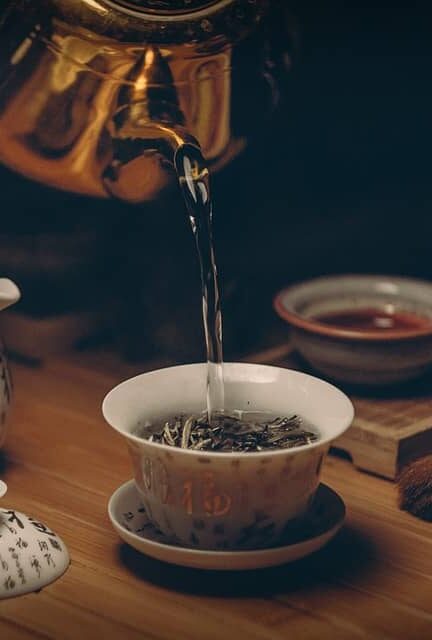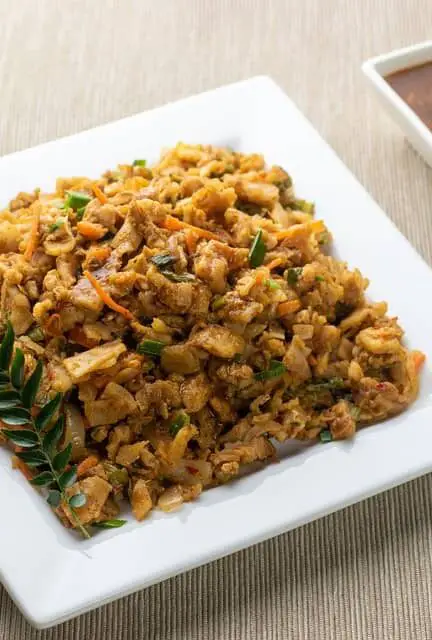If you love a good culinary adventure and are hoping to spice up your cooking skills, Australia’s recipes are calling your name! From traditional dishes steeped in culture, to modern fusion cuisine that packs a flavorful punch, there is no shortage of delicious recipes to explore down under.
Though Australia may not be the first country to come to mind when you’re hunting for new flavors, its flavors make it an excellent place to deep-dive into flavor exploration – without ever having to leave your kitchen.
In this article, we’ll provide an overview of both traditional and modern Australian recipes so you can make your next home-cooked meal one for the books.
Australian food is a fusion of many different flavors, combining indigenous ingredients and cooking methods with European and Asian immigrants, as well as more recent multicultural communities’, influences. Australian cuisine offers something for every taste, from the well-known meat pie and pavlova to the more recent fusion dishes. In this blog post, we’ll look at both traditional and contemporary Australian recipes that highlight the nation’s distinctive culinary heritage as we explore the varied flavors of Australia.
Traditional Australian Recipes
The traditional recipes used in Australian cuisine have a long history and have been passed down through the generations. Among the most well-liked Australian dishes are those listed below:
- Meat Pie: The traditional Australian dish, of savory pastries, is often eaten as a quick and simple snack or meal. Usually, it is a flaky pastry shell stuffed with beef, gravy, and vegetables. The British settlers were looking for a quick and easy meal that could be transported, so they invented the meat pie during the early days of European settlement in Australia.
- Pavlova: This meringue-based dessert is a favorite in Australia and New Zealand. It is light and fluffy. Usually, it has whipped cream and fresh fruit served alongside it, like strawberries and kiwis. The light and airy texture of the dessert is said to reflect Pavlova’s grace and elegance.
- Roast Lamb: Roasted lamb is a typical Australian dish frequently served during special occasions like Easter and Christmas. Typically, roasted vegetables and gravy are served with meat, which has been seasoned with herbs and spices.
- Damper: Generally made with flour, water, and milk or butter, this traditional Australian bread is a plain, rustic loaf. It is usually prepared over an open fire and accompanied by butter or jam.
Modern Australian Recipes
- Barbecue: In Australia, barbecue is a well-liked cooking technique that involves grilling a variety of meats and seafood over hot coals. Traditional meats like lamb, beef and pork are frequently served on Australian barbecues, along with seafood like prawns and fish. The popularity of barbecue in Australia, which reflects the nation’s close cultural ties to the United States, can be attributed to American cuisine.
- Lamingtons: These squared-shaped sponge cakes are a classic Australian treat and are dusted with chocolate and desiccated coconut. These days, they are frequently packed with a variety of flavors, like passion fruit or strawberries and cream. Lamingtons were first made in Queensland, Australia in the late 19th century, and have spread to other parts of the nation.
- Sushi Rolls: Due to the rising popularity of sushi in Australia, inventive sushi rolls including local fare like a kangaroo, avocado, and beetroot have been developed. Many contemporary Australian cuisines have Asian influences, which reflects both the country’s diverse population and the rising popularity of Asian cuisine.
- Flat White: A single, double shot of espresso mixed with steamed milk first gained popularity in Australia, and it has now passed to other nations. The flat white has a powerfully rich and silky texture which every coffee lover would adore.
Regional Influences on Australian Cuisine
The numerous locations and cultures that make up Australia have an impact on its cuisine. The following are some instances of regional influences on Australian cuisine:
- Indigenous cuisine: Bush tomatoes, quandongs, and warrigal greens are just a few of the native ingredients used in the rich culinary legacy of Indigenous Australians. Many chefs use traditional ingredients and cooking methods in their recipes, which has had a big influence on contemporary Australian cuisine.
- Asian cuisine: A sizable and diverse portion of Australia’s population is Asian, including influences from nations like China, Japan, and Vietnam. Many contemporary Australian meals are inspired by Asian cuisine and contain flavors and depth-adding ingredients like soy sauce, ginger, and chile.
- Mediterranean cuisine: Many classic Mediterranean meals have been modified to suit the tastes of Australians, demonstrating the tremendous impact of the Mediterranean region on Australian cuisine. Australian cuisine frequently incorporates ingredients like olives, feta cheese, and herbs to honor the nation’s Mediterranean roots.
Conclusion
Australian food is a fusion of many different flavors, combining indigenous ingredients and cooking methods with European and Asian immigrants, as well as more recent ethnic communities’, impacts. Australian food offers something for every taste, from the well-known meat pie and pavlova to the more modern fusion meals. Australia’s rich culinary legacy has something to offer whether you’re seeking a traditional or modern recipe. Try some of these classic and contemporary dishes the next time you’re in Australia to get a taste of the many tastes that make Australian food so delectable and distinctive.



